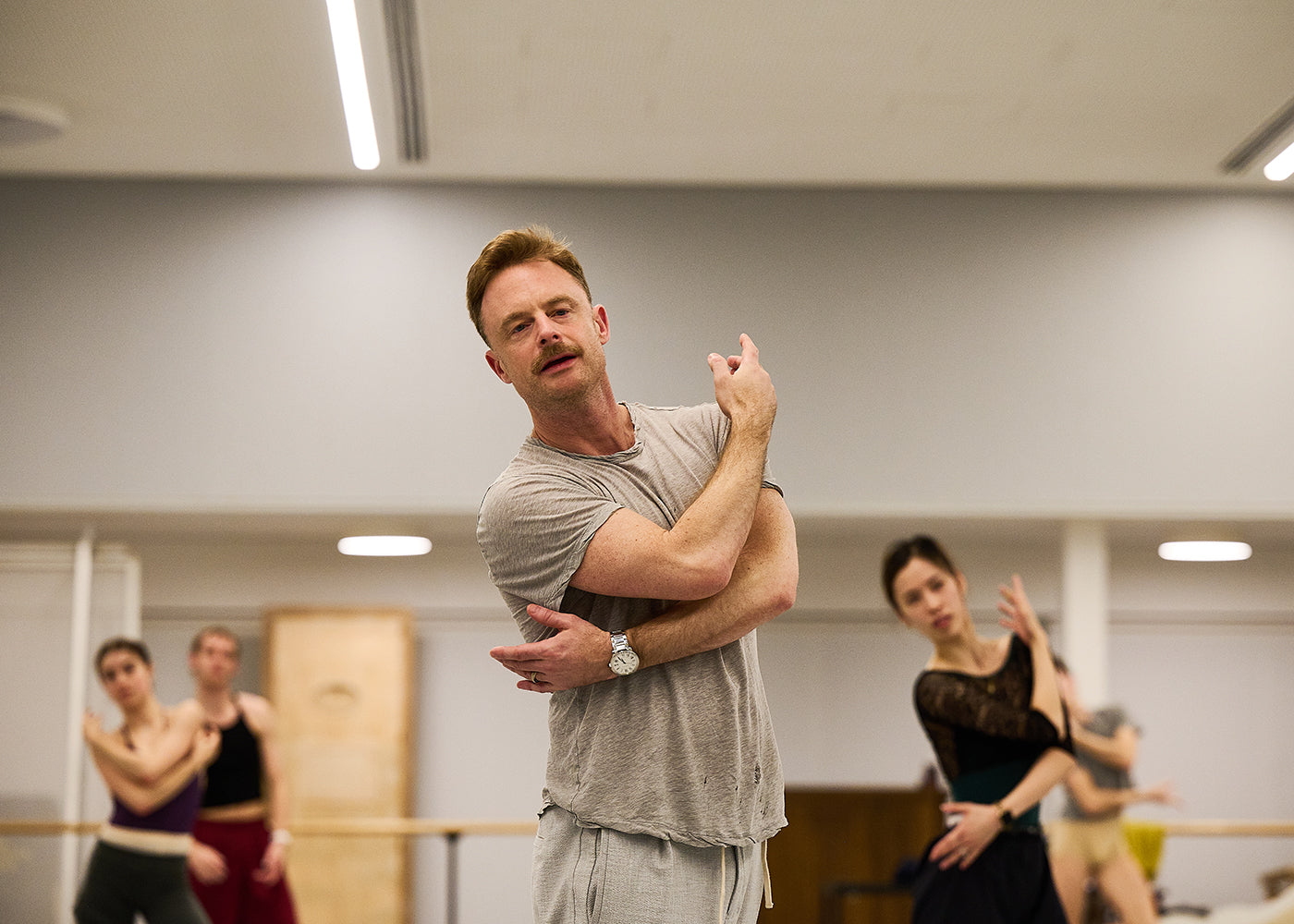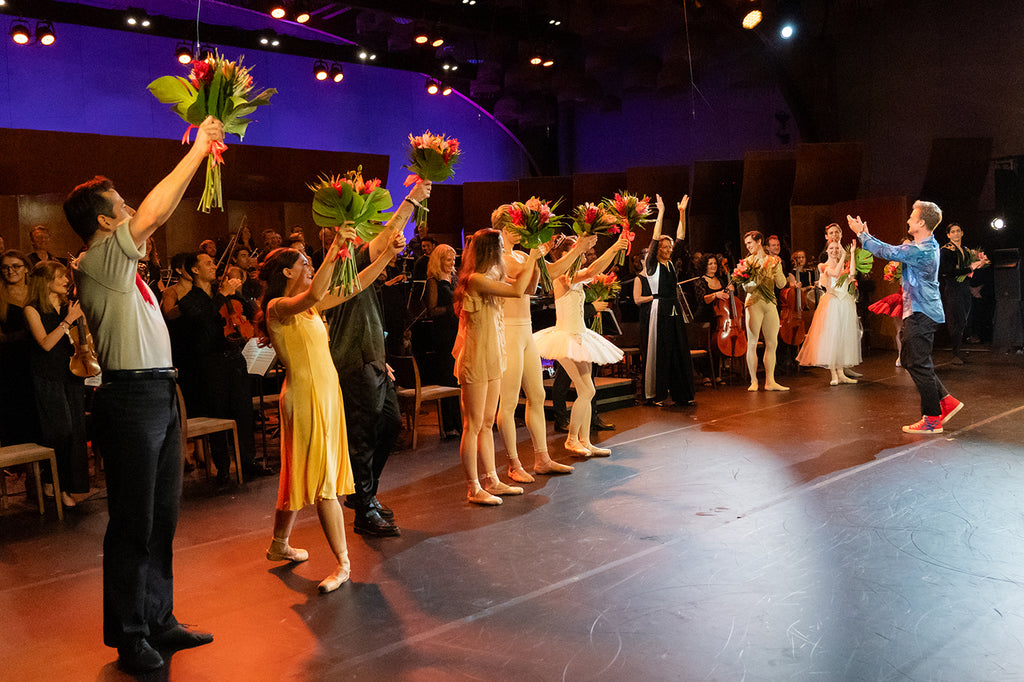Mishima’s Muse
Japan Society’s Yukio Mishima centennial series culminated with “Mishima’s Muse – Noh Theater,” which was actually three programs of traditional noh works that Japanese author Yukio Mishima adapted into modern plays.
Continue Reading
World-class review of ballet and dance.
One of the most industrious, clever, and revered choreographers working today, Christopher Wheeldon—he was named an Officer of the Order of the British Empire (OBE) in 2016—has been on a balletic and Broadway tear for years. Indeed, since the British-born Wheeldon first donned ballet shoes and took to the barre as an eight-year old, the world has taken notice.
Training at the prestigious Royal Ballet School in London in 1991, Wheeldon snagged a gold medal at the Prix de Lausanne—dancing his own choreography, to boot. He then joined the Royal Ballet, where Kenneth MacMillan encouraged his dance-making endeavors, before joining New York City Ballet in 1993. Promoted to soloist in 1998, Wheeldon created his first work for City Ballet, “Slavonic Dances,” in 1997, and became the company’s first resident choreographer in 2001.



“Uncommonly intelligent, substantial coverage.”
Your weekly source for world-class dance reviews, interviews, articles, and more.
Already a paid subscriber? Login

Japan Society’s Yukio Mishima centennial series culminated with “Mishima’s Muse – Noh Theater,” which was actually three programs of traditional noh works that Japanese author Yukio Mishima adapted into modern plays.
Continue ReadingThroughout the year, our critics attend hundreds of dance performances, whether onsite, outdoors, or on the proscenium stage, around the world.
Continue ReadingOn December 11th, the Alvin Ailey American Dance Theater presented two premieres and two dances that had premiered just a week prior.
Continue ReadingThe “Contrastes” evening is one of the Paris Opéra Ballet’s increasingly frequent ventures into non-classical choreographic territory.
Continue Reading
comments